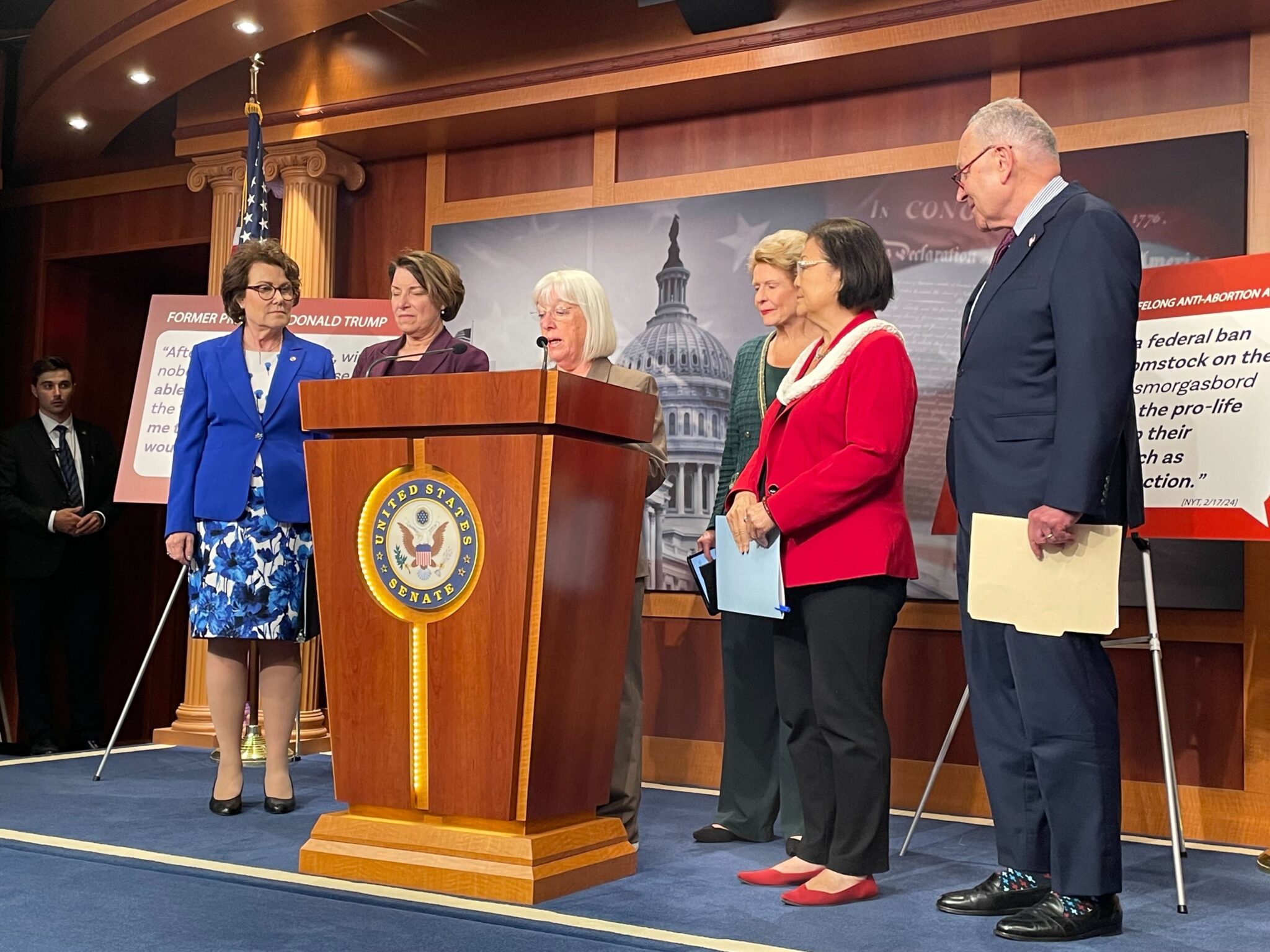Project 2025, spearheaded by the Heritage Foundation alongside former Trump administration officials and MAGA allies, represents a bold initiative aiming to reshape the federal government. This plan seeks to centralize executive power and install a network of loyal personnel across key agencies.
For families in Ohio, the potential impacts are vast, touching critical areas such as veterans’ services, women’s health, environmental protections, justice and voting rights, and education. If implemented, it could significantly alter the support systems that many rely on, sparking widespread concern about the future of government services and resources.
Here are some specific impacts that Ohio families might experience if Project 2025 is enacted:
- A typical family of four will see a tax increase of $2,814 per year and increase of annual energy costs by $260/year over the next 10 years.
- Limits and caps proposed on Medicaid benefits could cause 614,300 Medicaid enrollees to lose coverage and would raise the costs of prescription drugs for up to 687,430 people.
- Ending Title I would lead to the loss of 6,819 teaching positions, which serve 111,827 students in Ohio.
- By replacing Student Loan income-driven repayment plans with a “one-size-fits-all” program, Project 2025 will increase payments for more than 299,600 borrowers in Ohio by $2,700 to $4,100 per year.
- Eliminating Head Start will remove no-cost child care and other services for approximately 32,747 low-income children.
- 1,620,000 women in Ohio would lose guaranteed access to free emergency contraception.
- Veterans in Ohio would have longer wait times, reduced access to care and lower quality of services if Project 2025 eliminates funding for the VA. Ohio is home to more than 602,318 veterans.
- Ohio has almost 56,000 federal civilian employees whose jobs could be at risk if plans to replace civil service jobs with political appointees are enacted. The federal government is the largest employer of veterans in the country, with approximately one in four federal employees being veterans.
- Eliminating the investments in manufacturing and clean energy jobs would result in a loss of nearly 44,100 jobs over the next 10 years in Ohio.
Resources on Project 2025 Impact in Ohio
Clean Energy and Manufacturing Jobs





